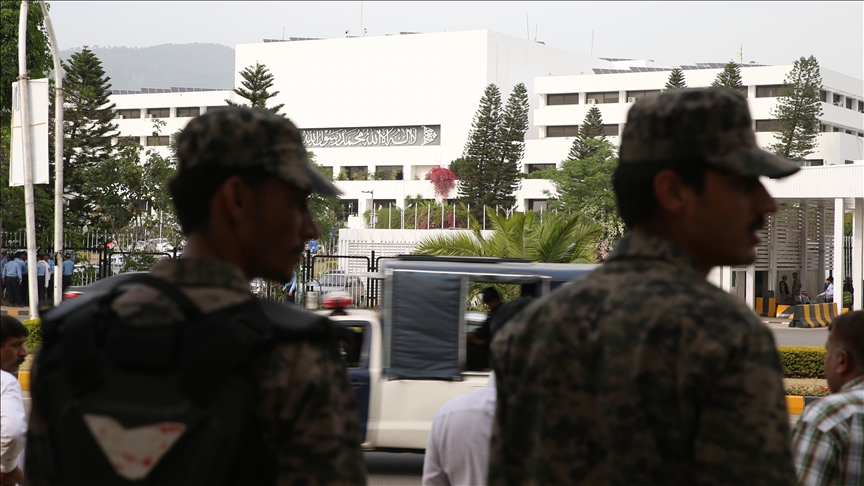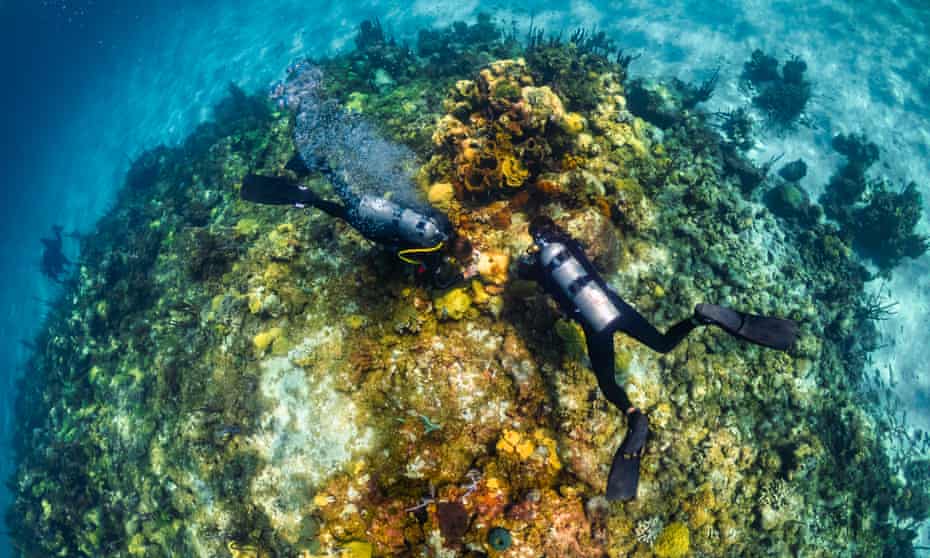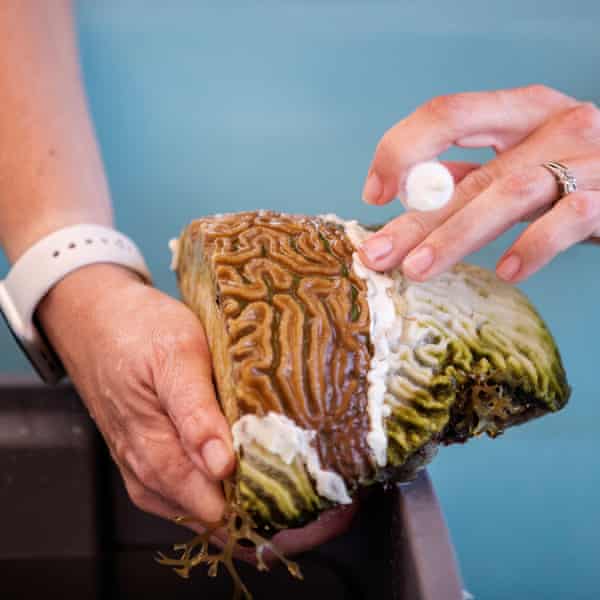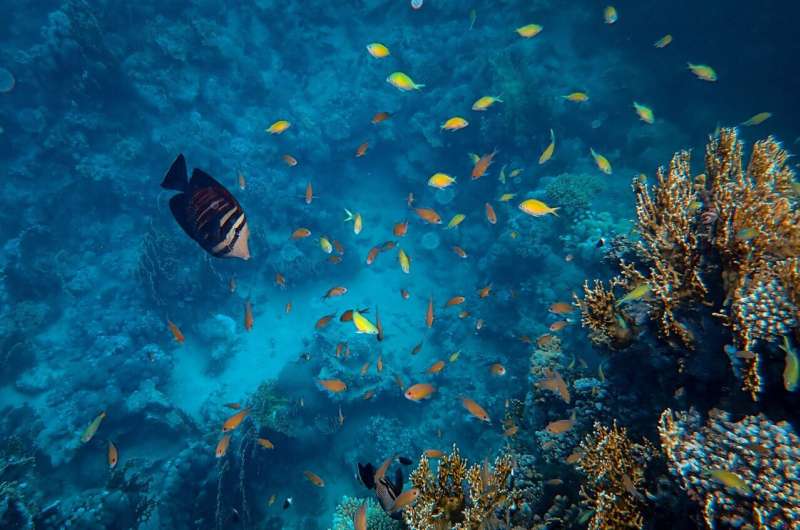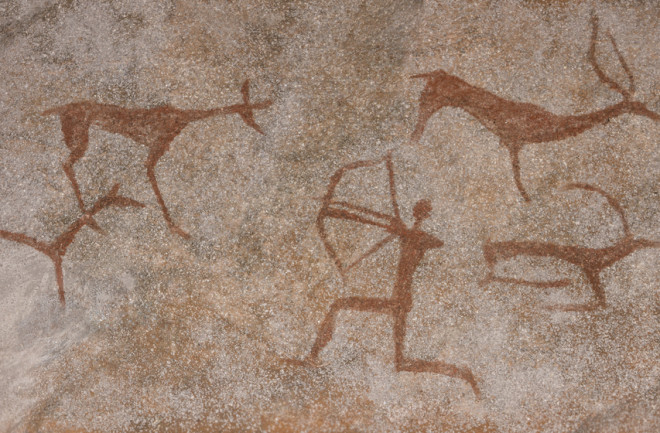By Isil Sariyuce and Yusuf Gezer, CNN
Updated Mon April 25, 2022
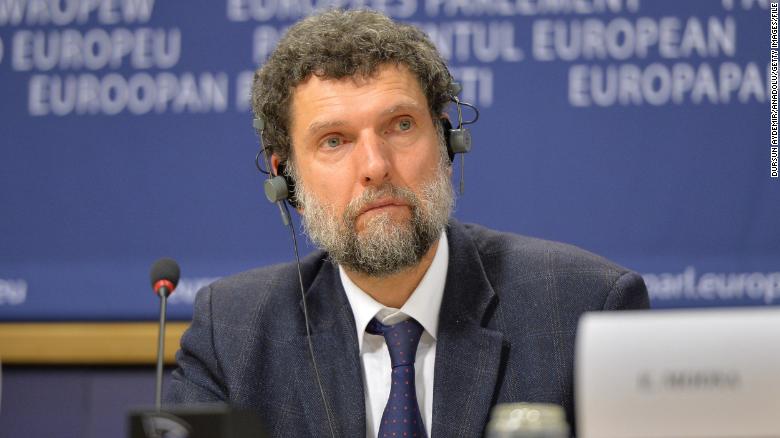
Turkish philanthropist Osman Kavala is seen at a news conference in Belgium in December 2014.
Istanbul, Turkey (CNN)An Istanbul court on Monday sentenced Turkish civil rights activist and philanthropist Osman Kavala to life in prison for "attempting to overthrow the government," according to state-run news agency Anadolu, concluding a high-profile trial that has concerned Western nations and human rights groups.
Kavala was sentenced in connection with the 2013 anti-government protests in Turkey, which began over a plan to turn a small park in central Istanbul into a shopping mall in the summer.
The demonstrations quickly morphed into larger anti-government rallies across Turkey. The court also sentenced seven other defendants to 18-year prison sentences for aiding an attempt to overthrow the government. Among them was 71-year-old architect Mucella Yapici, Istanbul Municipality urban planner Tayfun Kahraman and documentary filmmaker Cigdem Mater.
Istanbul's 13th Heavy Penal Court ordered that the activists, who were not arrested pretrial, to be immediately arrested, Anadolu reported.
Kavala, his lawyers, other defendants and their lawyers have repeatedly denied the accusations, saying prosecutors lack evidence to support the claims. They are also expected to appeal the verdict.
Kavala, 64, is among Turkey's most high-profile detainees.
He was first arrested in 2017 on charges related to the 2013 Gezi Park protests in Istanbul. The trial was closely watched by rights groups, who have accused the Turkish government of using the judicial system to crack down on dissenting voices.
Though Kavala was acquitted in 2020, that verdict was overturned and new charges were brought against him for his alleged involvement in the July 2016 attempted coup, which resulted in the death of at least 250 people and a subsequent crackdown that has seen over 110,000 people, including civil servants, teachers, activists and journalists detained.
"Today, we have witnessed a travesty of justice of spectacular proportions. This verdict deals a devastating blow not only to Osman Kavala, his co-defendants and their families, but to everyone who believes in justice and human rights activism in Turkey and beyond," Amnesty said in a statement.
Kavala's arrest has strained Turkish government relations with West when 10 ambassadors, including the United States, France and Germany, released a statement asking his freedom and Turkish president Recep Tayyip Erdogan declared them "persona non grata."
In February, Europe's top human rights body, the Council of Europe, launched infringement procedures against Turkey for refusing to abide by a ruling by the European Court of Human Rights, which called for Kavala's release on grounds that his rights had been violated.
In a statement on Monday, two leading European Parliament ministers following the decision said, "This regrettable decision by the Istanbul 13th Heavy Penal Court is in clear contempt to the rulings of the European Court on Human Rights and will surely bring about consequences in the infringement proceedings ongoing at the Council of Europe."
European Parliament Standing Rapporteur for Turkey Nacho Sánchez Amor and Sergey Lagodinsky, chair of the EU-Turkey Parliamentary Delegation, expressed solidarity with Kavala, the other defendants and their families in their statement.
"(This is a) very sad day not only for them but also for those who daily defend fundamental rights and the rule of law in Turkey and for all those who wish to see the country coming closer to the EU. This is obviously not the way to do it," they said.
"There is little to none EU perspective for the current Turkey, which is sliding away from international consensus on a rule-based order while disrespecting its own international commitments," they added.
By AFP News
04/25/22
The United States was "deeply troubled" by the conviction Monday of a leading Turkish activist, calling his life sentence on controversial charges of trying to topple the government "unjust," the State Department said.
"The United States is deeply troubled and disappointed by the court's decision to convict Osman Kavala," a critic of President Recep Tayyip Erdogan who had already been jailed without a conviction for more than four years, State Department spokesman Ned Price said in a statement.
"His unjust conviction is inconsistent with respect for human rights, fundamental freedoms, and the rule of law," Price added.

Washington called for the release of Kavala and "all others arbitrarily incarcerated" in Turkey, denouncing "the continued judicial harassment of civil society, media, political and business leaders in Turkey."
A leading figure in Turkey's civil society, 64-year-old Kavala was accused of financing protests against then-prime minister Erdogan's government during large-scale protests in 2013 and involvement in a failed military coup in 2016. Monday's ruling only covered the case stemming from the 2013 unrest.
Kavala's plight had soured relations between Ankara and Western nations and Monday's ruling from an Istanbul court has drawn swift condemnation from some of Turkey's main allies in the NATO defence alliance as well as rights campaigners.
His treatment has prompted the Council of Europe to launch rare disciplinary proceedings that could ultimately see Turkey's membership suspended in the continent's main human rights grouping.










